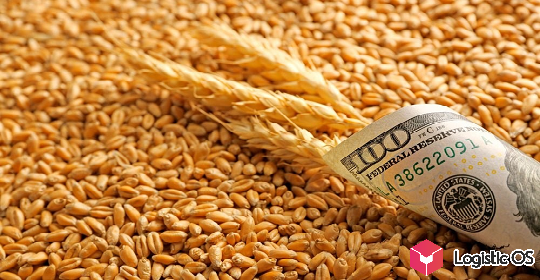According to the latest data, grain exports in September 2025 decreased by 28% compared to September 2024.
Total grain exports from Russia in September 2025 amounted to less than 5.7 million tons. This is a significant decrease compared to the previous year.
At the same time, experts emphasize that the downward trend in export volumes has been observed over the past several months and affects virtually all crops.
For example, wheat shipments have decreased by 23%, while barley and corn shipments have halved.
Furthermore, in addition to the decline in the volumes of grains, pulses, and oilseeds, there has also been a reduction in their variety. While 24 types of these crops were exported from Russia a year ago, this September their number has dropped to 9.
Finally, the geography of shipments is also narrowing. The number of countries actively purchasing Russian products has reached 31 this year, compared to 51 a year ago.
Egypt is currently the leading purchaser of Russian wheat, purchasing 960,000 tonnes in September. However, this is half the amount purchased a year earlier, suggesting a negative trend.
At the same time, other importing countries that are among the top three purchasers of Russian wheat, namely Turkey and Lebanon, have not only not reduced their supplies but have even increased them.
Overall, since the start of the new season, Russia has supplied approximately 14 million tonnes of grain to foreign markets. This is 30% less than in the same period last year, analysts emphasize.
They believe that such a significant decline is partly due to increased competition in the global market, which is directly related to large harvests in most producing countries.
Furthermore, increased competition inevitably impacts prices. A downward trend has already become clearly visible.
For example, French wheat has fallen by 2% in a month, as has Russian wheat. Overall, global prices are currently fluctuating between $220 and $240 per ton.
Despite everything, experts believe that Russian wheat exports could still gain momentum this season.
However, another challenge today is that the largest harvest in Russia was not produced by traditional grain producers—the southern regions—but by the central and Volga regions.
This necessitates the development of a new logistics system for delivering goods to end consumers.
If farmers can resolve this issue, they will have the opportunity to increase supply volumes.

